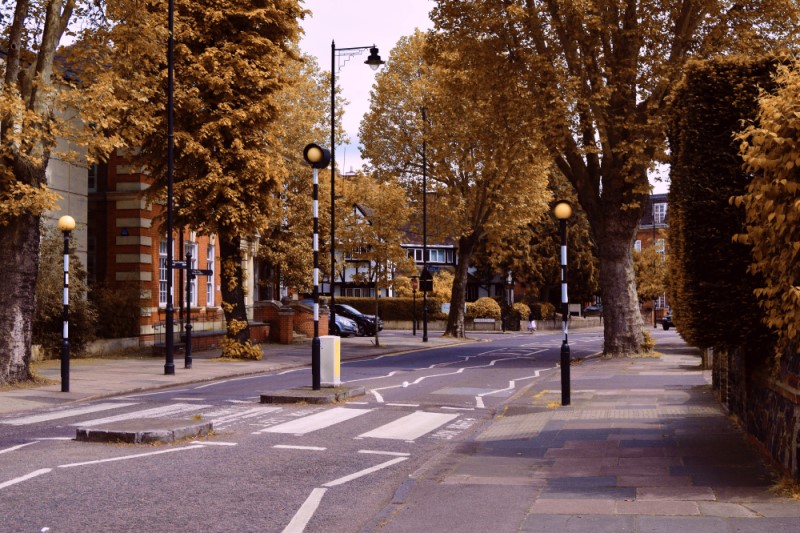Highway Code changes from 2022

Highway Code Changes
Hierarchy of Road Users
Following a consultation in 2020, the government introduced a variety of changes to the Highway Code, including a Hierarchy of Road Users to ensure those who can do the greatest harm have the greatest responsibility to reduce the danger or threat they may pose to others.
The ‘Hierarchy of Road Users’ is a concept that places those road users most at risk in the event of a collision at the top of the hierarchy. The hierarchy does not remove the need for everyone to behave responsibly. The road users most likely to be injured in the event of a collision are pedestrians, cyclists, horse riders and motorcyclists, with children, older adults and disabled people being more at risk.
Read more on the 8 changes to the Highway Code you need to know
More info on Horse and Rider Safety can be found here
As well as the Hierarchy of road users, here are some other key changes you need to be aware of:
1. Overtaking when driving or cycling
You may cross a double-white line if necessary (provided the road is clear) to overtake someone cycling or riding a horse if they are travelling at 10 mph or less (Rule 129).
There is updated guidance on safe passing distances and speeds for people driving or riding a motorcycle when overtaking vulnerable road users, including:
- passing people riding horses or driving horse-drawn vehicles at speeds under 10 mph and allowing at least 2 metres (6.5 feet) of space
- leaving at least 1.5 metres (5 feet) when overtaking people cycling at speeds of up to 30mph, and giving them more space when overtaking at higher speeds
- allowing at least 2 metres (6.5 feet) of space and keeping to a low speed when passing people walking in the road (for example, where there’s no pavement)
Wait behind them and do not overtake if it’s unsafe or not possible to meet these clearances.
People cycling passing slower-moving or stationary traffic
The updated code confirms that people cycling may pass slower-moving or stationary traffic on their right or left.
They should proceed with caution as people driving may not be able to see them. This is particularly important:
- on the approach to junctions
- when deciding whether it is safe to pass lorries or other large vehicles
2. Walking, cycling, or riding in shared spaces
There is new guidance in the code about routes and spaces which are shared by people walking, cycling, and riding horses.
People cycling, riding a horse, or driving a horse-drawn vehicle should respect the safety of people walking in these spaces, but people walking should also take care not to obstruct or endanger them.
People cycling are asked to:
- not pass people walking, riding a horse, or driving a horse-drawn vehicle closely or at high speed, particularly from behind
- slow down when necessary and let people walking know they are there (for example, by ringing their bell)
- remember that people walking may be deaf, blind, or partially sighted
- not pass a horse on the horse’s left
3. People crossing the road at junctions
The updated code clarifies that:
- when people are crossing or waiting to cross at a junction, other traffic should give way
- if people have started crossing and traffic wants to turn into the road, the people crossing have priority and the traffic should give way
- people driving, riding a motorcycle, or cycling must give way to people on a zebra crossing and people walking and cycling on a parallel crossing
A parallel crossing is similar to a zebra crossing, but includes a cycle route alongside the black and white stripes.
4. Positioning in the road when cycling
There is updated guidance for people cycling about positioning themselves which includes:
- riding in the centre of their lane on quiet roads, in slower-moving traffic, and at the approach to junctions or road narrowings
- keeping at least 0.5 metres (just over 1.5 feet) away from the kerb edge (and further where it is safer) when riding on busy roads with vehicles moving faster than them
People cycling in groups
The updated code explains that people cycling in groups:
- should be considerate of the needs of other road users when riding in groups
- can ride 2 abreast - and it can be safer to do so, particularly in larger groups or when accompanying children or less experienced riders
People cycling are asked to be aware of people driving behind them and allow them to overtake (for example, by moving into single file or stopping) when it’s safe to do so.
People cycling passing parked vehicles
The updated code explains that people cycling should:
- take care when passing parked vehicles, leaving enough room (a door’s width or 1 metre) to avoid being hit if a car door is opened
- watch out for people walking into their path
Read more on the 8 key changes to the Highway Code you need to know